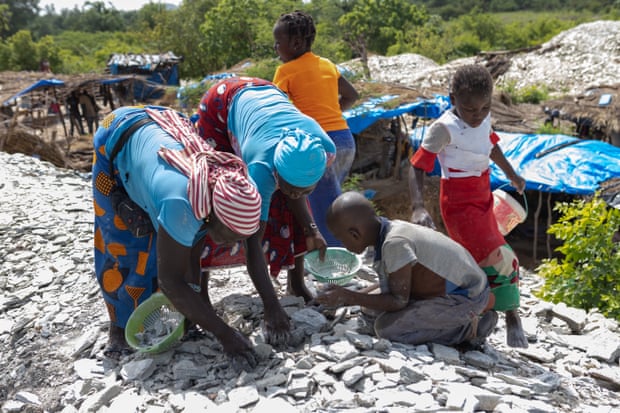The end of extreme poverty may finally be achieved by 2050, spurred by economic growth in low-income countries, according to a new economic forecast, AzVision.az reports citing the Guardian.
Though the Covid pandemic began to reverse progress in eradicating extreme poverty, and additional challenges will emerge, the damage may have a very limited impact on the overall trajectory of economic growth, according to a Center for Global Development (CGD) report.
“We know the world is going to look very different in 2050, and climate change is a huge concern for the future,” said Charles Kenny, a senior fellow at CGD and one of the report’s authors. “But we can’t let it overshadow the fact that continued economic growth should leave almost no one in the most desperate poverty that was the lot of the vast majority of humanity for most of history, albeit decades after it could have been eradicated.”
Kenny said inequality is likely to remain and poverty will still exist, but higher growth should mean most people have stable employment and incomes, rather than relying on precarious informal labour or subsistence farming. He added that by 2050, no country will be classed as low-income, currently defined as having a GNI per capita of $1,085 (£910) or less.
Kenny, the author of the book Getting Better: Why Global Development is Succeeding, said he and Zack Gehan, who worked with him on the paper, took historical data on income, demographic changes, education and temperature to forecast the future shape of the world economy.
According to the forecast, extreme poverty – living on less than $2.15 a day – would fall below 2% globally by 2050 from about 8% in 2022. In Africa, where it is highest, it would fall from 29% to 7%.
More than two-thirds of the world could be living on more than $10 a day by 2050, up from about 42% today.
The authors predicted much slower growth in high-income countries over the next two decades, with GDP per capita growing only about 20% from 2019, while doubling in low and middle-income countries.
Rathin Roy, managing director of the ODI global affairs thinktank, formerly the Overseas Development Institute, said Kenny’s predictions were possible “if everyone does the right thing”.
“Something you see for the last 100 years has been that people have not done the right things,” he said. “For most of my adult life global poverty reduced, until three years ago and then began to increase because of a variety of factors, including importantly the Covid pandemic, but other things as well. And getting it reduced again is proving very difficult.”
Roy said it was important for countries to take care of their less fortunate. The fact that poverty still persists in countries such as the UK and US shows more than just economic growth will be required.
“Just attaining high levels of income is not enough. If it were, children would not be going hungry to school. People would not be suffering because of lack of medical attention and losing jobs. And you wouldn’t have the kind of destitution and homelessness and the sort of food banks you see in a country with per capita income of $44,000,” he said.
Kenny said forecasting the future of the world’s economies was useful because it helps to think about how issues such as poverty or military spending might look in the future and to adapt policy discussions around that.
He expressed concern that his forecasts show little growth in wealthy countries – ageing populations may lead to them adopting isolationist and authoritarian policies in response to recessions – but overall he said he was optimistic.
“If you look at where the demographic trends are it just all seems really rather positive for the low- and middle-income countries as a whole. So I’m more robustly optimistic for them, with the caveat that some of this depends on what rich countries do and the caveat of simple unknowns,” he said.
More about:
















































